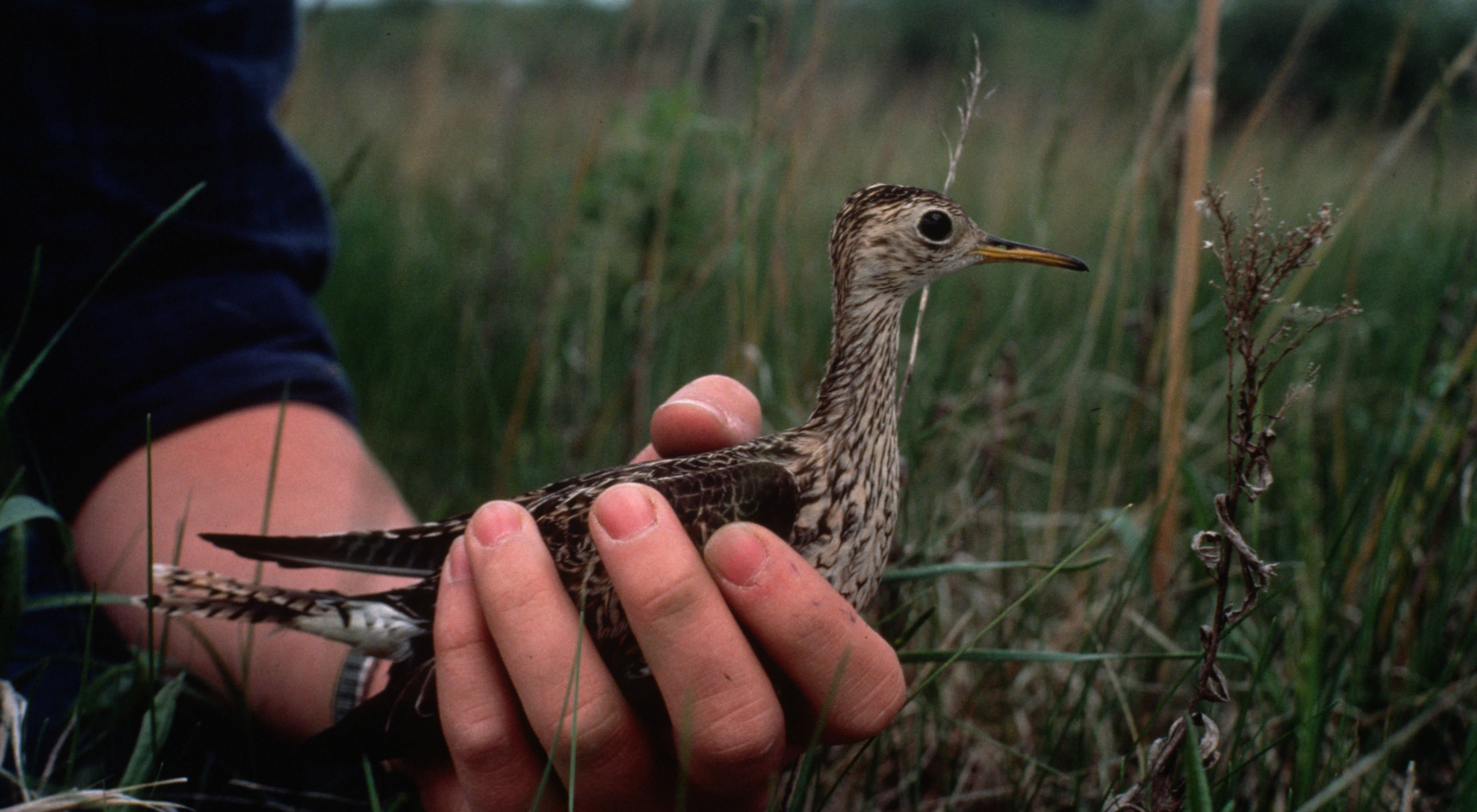Description
The Margherita Preserve-Audubon Prairie is part of a network of preserves where the greater prairie chicken continues to live. It was dubbed one of the "Unlucky 13" grassland birds by The Nature Conservancy because its numbers have dwindled. Its populations in many parts of the United States are imperiled. Minnesota's populations of this bird, however, have been growing partially due to prairie restoration efforts.
TNC, together with the Audubon Society, preserved and protected this land, which is located on the edge of the ancient Lake Agassiz. The shoreline of this glacial lake flanks the eastern edge of the preserve. The property, which gently slopes westward, is poorly drained with fine, silty soil.
Why TNC Selected This Site
Margherita Preserve-Audubon Prairie is part of a larger project where a diverse group of partners have come together to promote landscape-scale conservation. Research shows that large, protected landscapes can support the animals and plants needed to create a healthy ecosystem.
Together, this partnership creates the Bluestem Prairie Conservation Action Area, a 7,200-acre mosaic of prairie, wetlands and riverine woodlands. The Conservancy's partners include the Minnesota Department of Natural Resources, U.S. Fish & Wildlife Service and Prairie Restorations, Inc., a company specializing in restoring native plant communities.
What TNC Has Done/Is Doing
From caragana to Russian olive, TNC staff have removed exotic trees from the preserve. These efforts have opened up the prairie landscape and improved nesting habitat for the greater prairie chicken and other native grassland birds. These birds use this land to nest and raise their young.
Controlling invasive species is an important part of the work TNC does here. To help stop the spread of leafy spurge, small beetles have been released that prey upon the root reserves and leaves of this exotic plant.
TNC also uses prescribed fire at this preserve, which helps minimize the amount of brush and enhances the vigor of native prairie plants.
